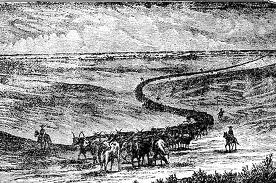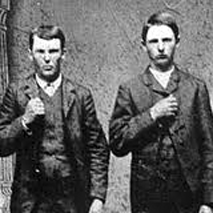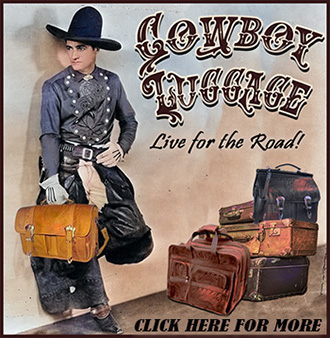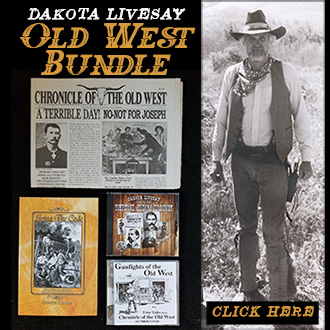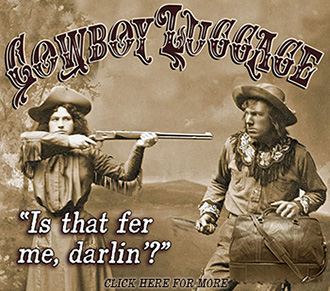1881 wasn’t a good time for the Earps with the O. K. Corral shootout in which Virgil and Morgan were seriously shot. And then later Virgil was shot again. It was hoped that 1882 would be a better year. But it wasn’t.
Morgan Earp was the youngest of the three Earps who participated in the O. K. Corral shootout. He was also the friendliest of the clanish Earps who were not known for having a smile on their face.
For a while in Tombstone, Morgan was a shotgun guard for Wells Fargo. But realizing dealing faro was more profitable and less dangerous, he got a job at the Occidental Saloon.
During the O. K. Corral incident Morgan was seriously shot through the right shoulder. Over the next few months he healed to the point that by the following March he could participate in his favorite activity, billiards.
It was March 18, 1882. Morgan and Wyatt had just attended a play. Afterward they went to Hatch’s Saloon so Morgan could play a game of billiards with owner Bob Hatch. As Morgan was chalking up his cue, two 45-caliber gunshots blasted through the saloon window. The first shot hit Morgan. The other barely missed Wyatt…Quite possibly both Morgan and Wyatt were both marked for assassination. But, as was the story throughout Wyatt’s life, the second bullet missed.
When the smoke cleared Morgan was on the ground in a pool of blood. The 45 had shattered Morgan’s spine. The doctors said there was no hope. With brothers Wyatt, Virgil, James and Warren by his side, Morgan said, “This is the last game of pool I’ll ever play.” Then he whispered something to Wyatt. Morgan was dead in less than an hour from the time he was shot.
Later Morgan was dressed in one of Doc Holliday’s suits and brother Virgil took him to Colton, California to be buried where his parents lived.

